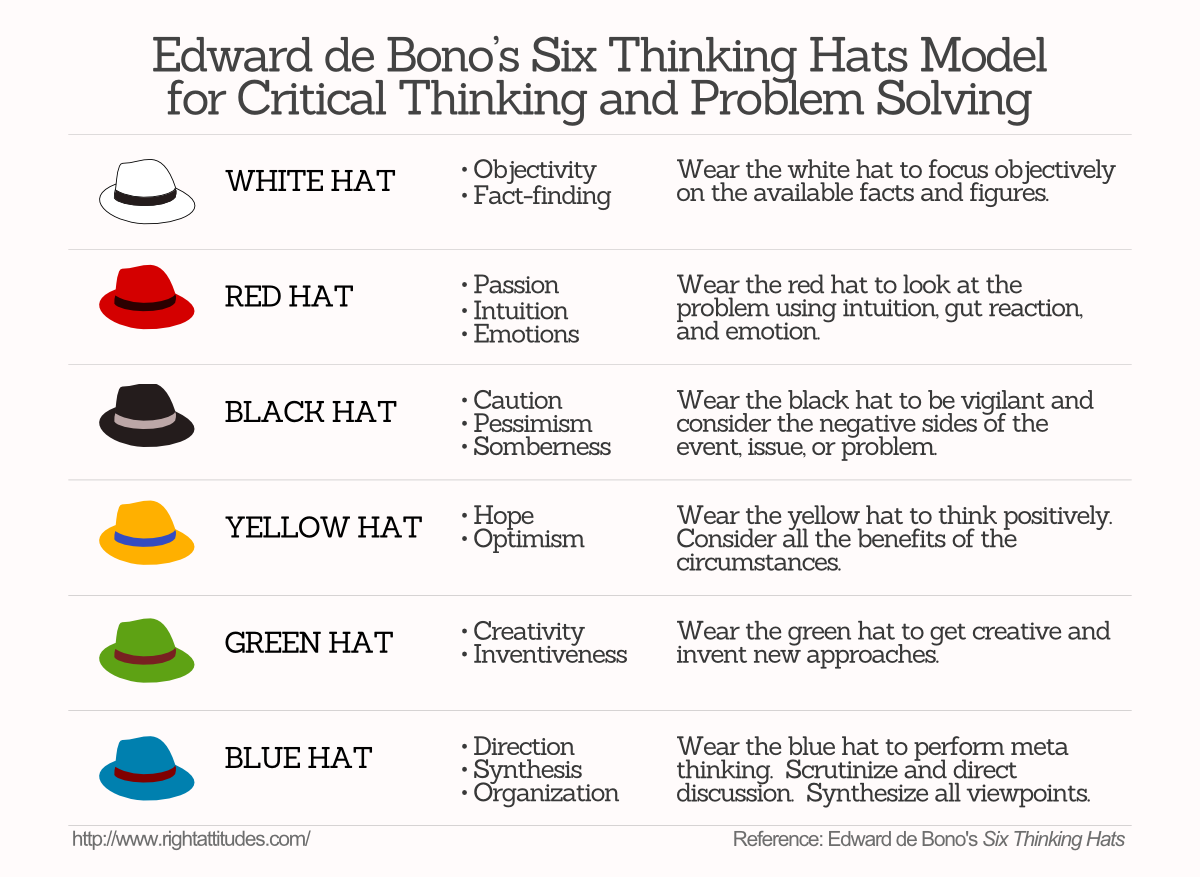 Seventy years ago, American advertising executive Alex Osborn impacted the field of management with his book Applied Imagination (1953.) This groundbreaking work introduced the concept of brainstorming, marking the beginning of a more collaborative and inclusive approach to leadership. At that time, the prevailing style of leadership was characterized by command-and-control, emphasizing silos and solitary decision-making. Executives relied on traditional chalkboard to-do lists to guide their actions.
Seventy years ago, American advertising executive Alex Osborn impacted the field of management with his book Applied Imagination (1953.) This groundbreaking work introduced the concept of brainstorming, marking the beginning of a more collaborative and inclusive approach to leadership. At that time, the prevailing style of leadership was characterized by command-and-control, emphasizing silos and solitary decision-making. Executives relied on traditional chalkboard to-do lists to guide their actions.
Psychologists investigating the “illusion of group productivity” quickly discovered a significant flaw in brainstorming. Despite its intention to boost creativity and generate numerous ideas through collaboration, group brainstorming proved less effective than individual brainstorming, followed by the pooling of ideas.
Here’s an enhanced version of the group brainstorming practice that can foster better and more daring ideas. Begin by providing individuals or pairs with personal space for separate contemplation, allowing their thoughts to wander freely. Then, encourage them to share their ideas, including the unconventional and impractical ones, to ignite the group brainstorming session. This approach eliminates the awkwardness of everyone staring at each other in silence. Instead, it creates an environment conducive to fruitful discussions. It prevents anyone from monopolizing the conversation, attempting to prove others wrong, impressing superiors, or simply rambling for personal amusement. Furthermore, this approach effectively guards against premature judgment, which stifles creativity.
 Frontline workers are right
Frontline workers are right 

.jpg)
